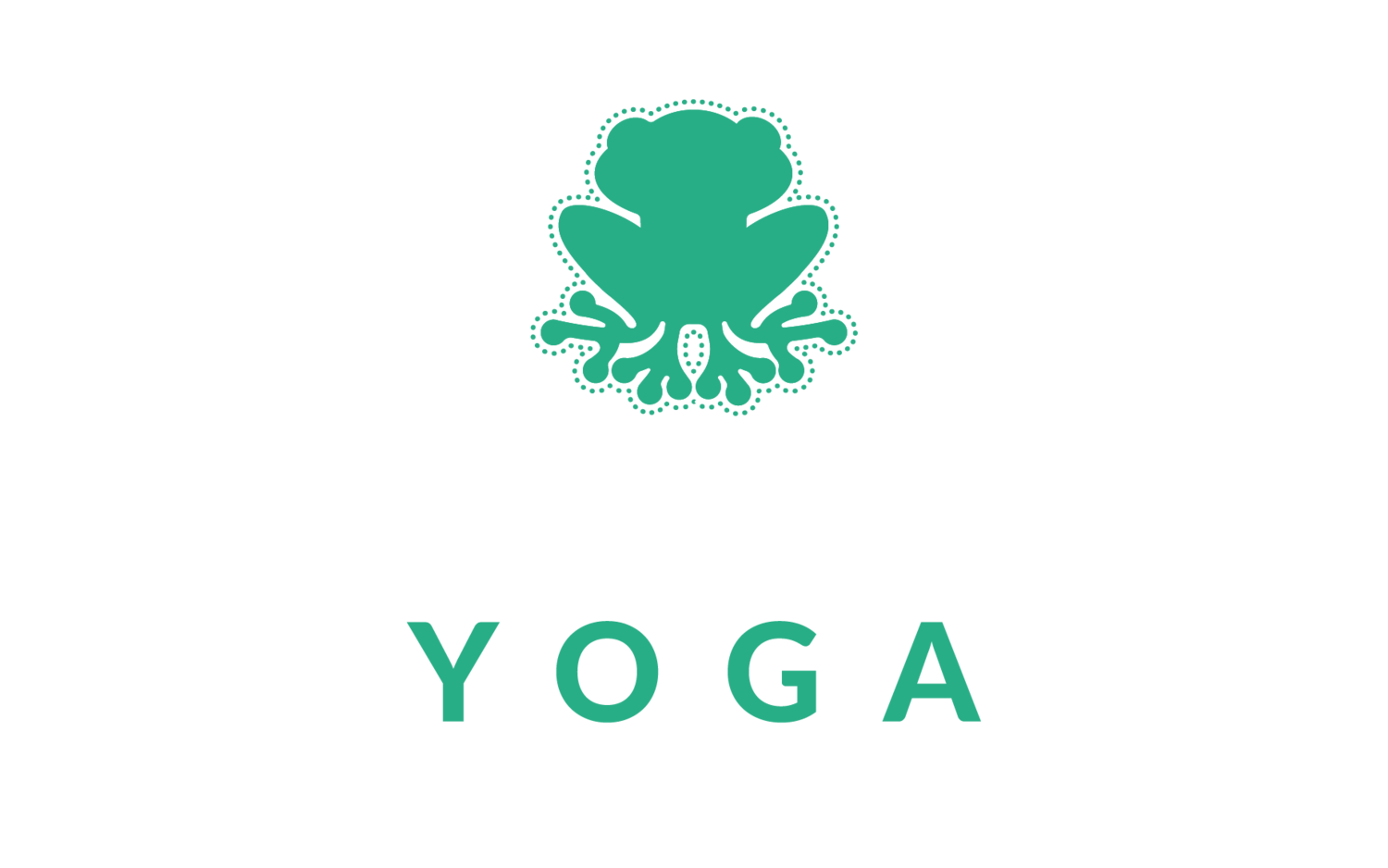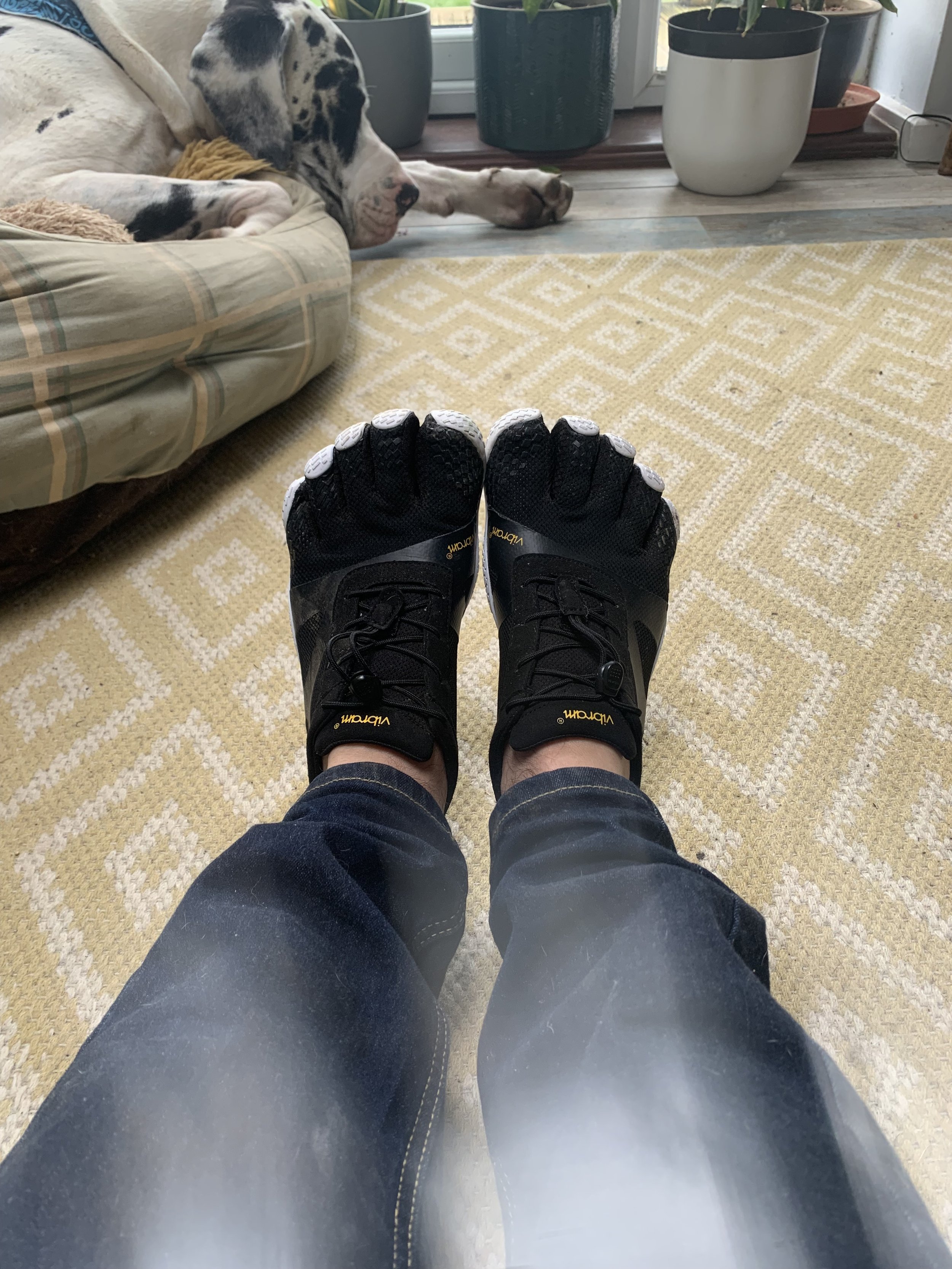So the title grabbed your attention.....But you know you shouldn't trust a title in an email right?!?
Now that we agree that just jumping into a treatment type etc just because the title sounds promising we can begin to introduce who I am and what I do and why I might well be able to help you take control of your own body and the pain/discomfort you are feeling.
I use a combination of many practices I have studied over the last 20 years. From yoga, western medicines understanding of physiology, anatomy in motion, breath work and more, to look at the whole body, all your injuries, illnesses, surgeries, child births (for you women of course) and see how those things are affecting the way you stand/walk and then beginning to go back and rehab those issues one at a time to find you back to a place of comfort. I work online and in person to help people as the methods are not reliant on me being hands on unlike many other physical therapy practices.
Below are a couple of before and afters from some people I have worked with to help them out of pain and get back to the life they want to be living.
Knee and ankle pain
This client came with ankle and knee pain having sustianed a knee injuries in the past and needing an operation to clean up some meniscus tears. This injury had changed the way he had started walk and affecting his ankle. we worked together and helped the knee and ankle work together better and find better alignment for less pain when walking.
Ipswich town footballer with knee pain after training and games
Posture plays an important role in how much loads and stress we put on our joints...This your player would get knee pain during and after games...We sorted his unconscious resting posture out and removed stress from the front of his body and his knees felt much happier to be running and kicking about a football. Dealing with posture in the subconscious is key to making sustainable long lasting change.
Click the link below to sign up to my email list and get all the information on what i’m up to and what i’m thinking before everyone else









